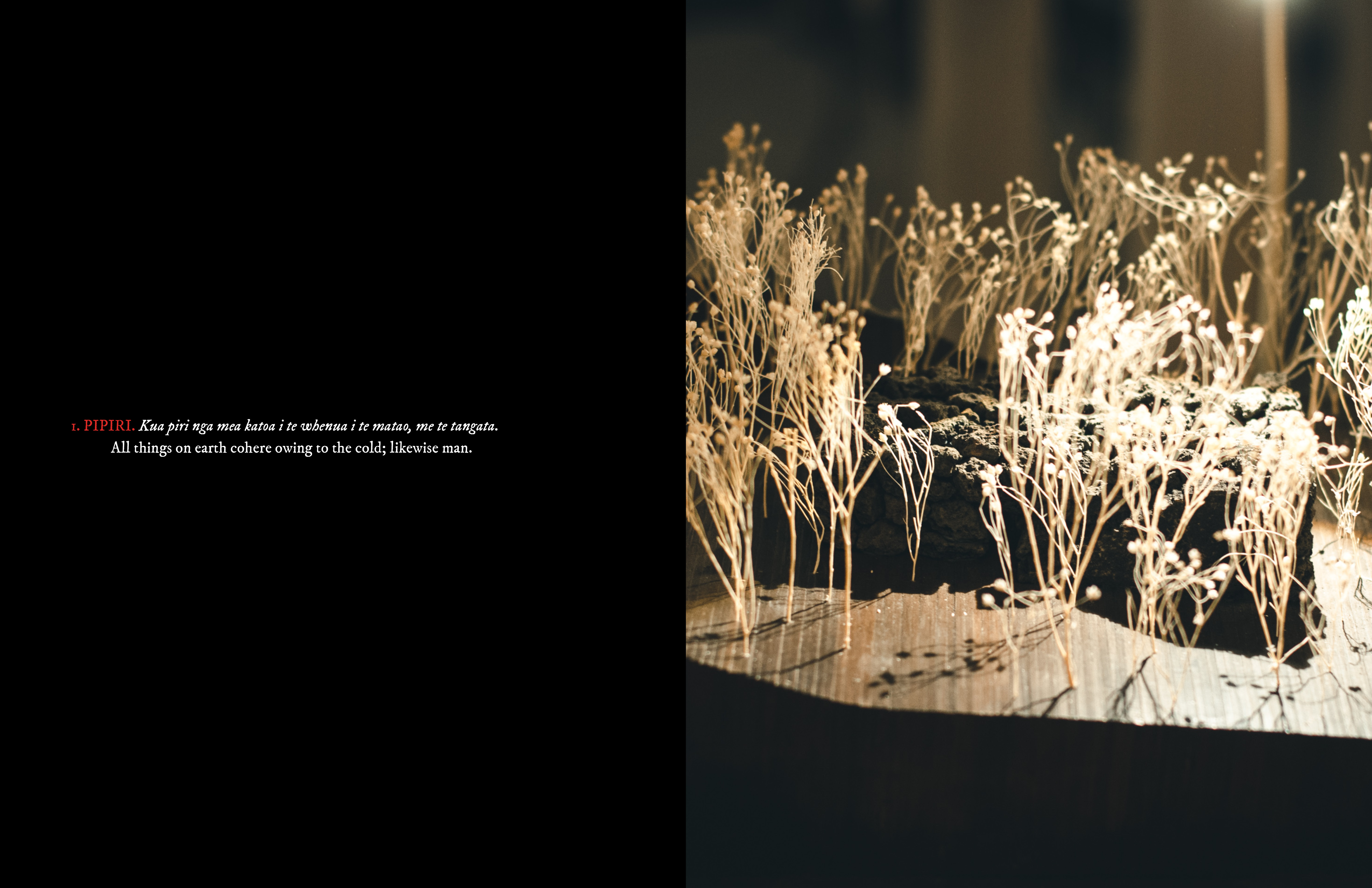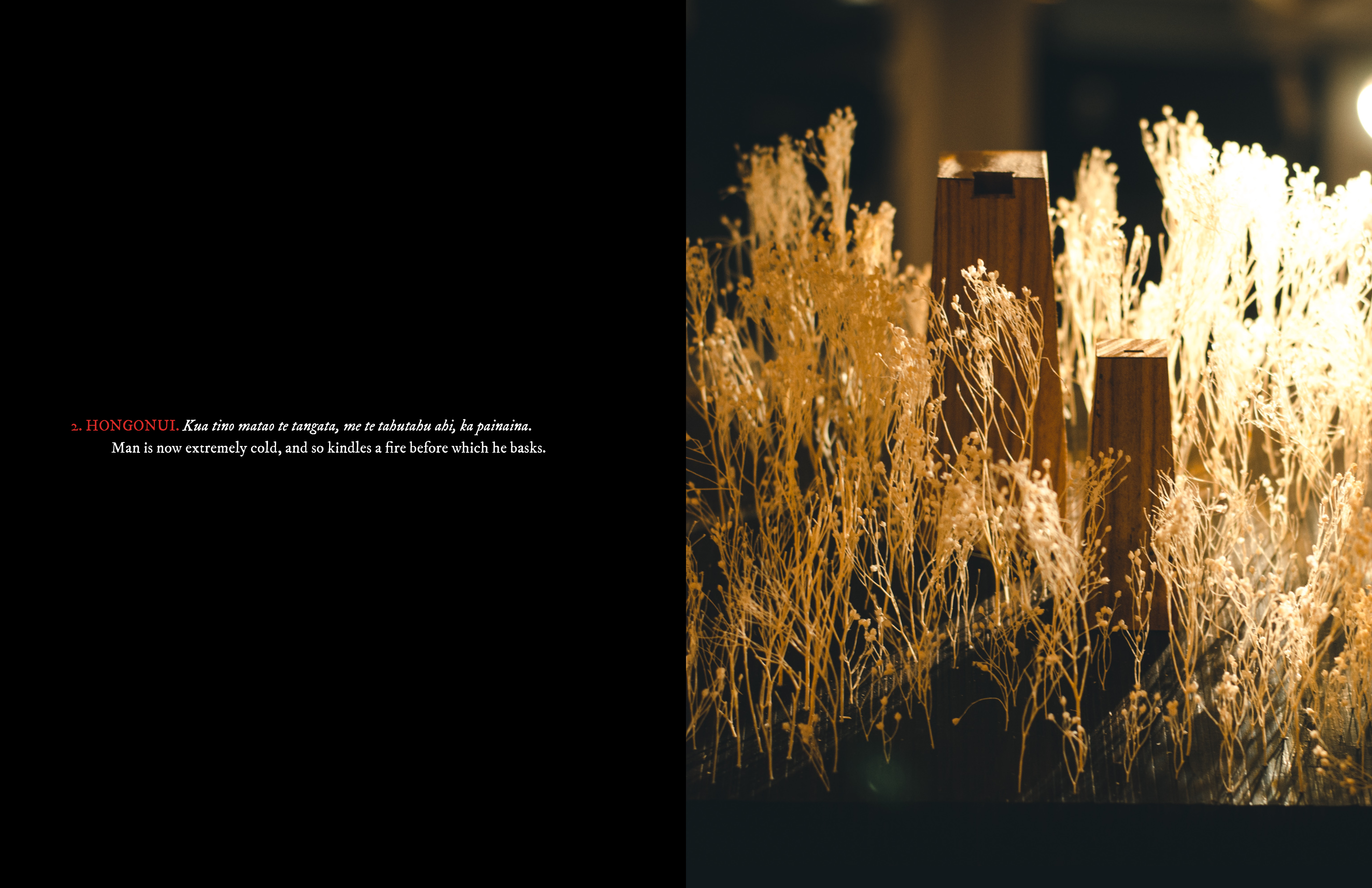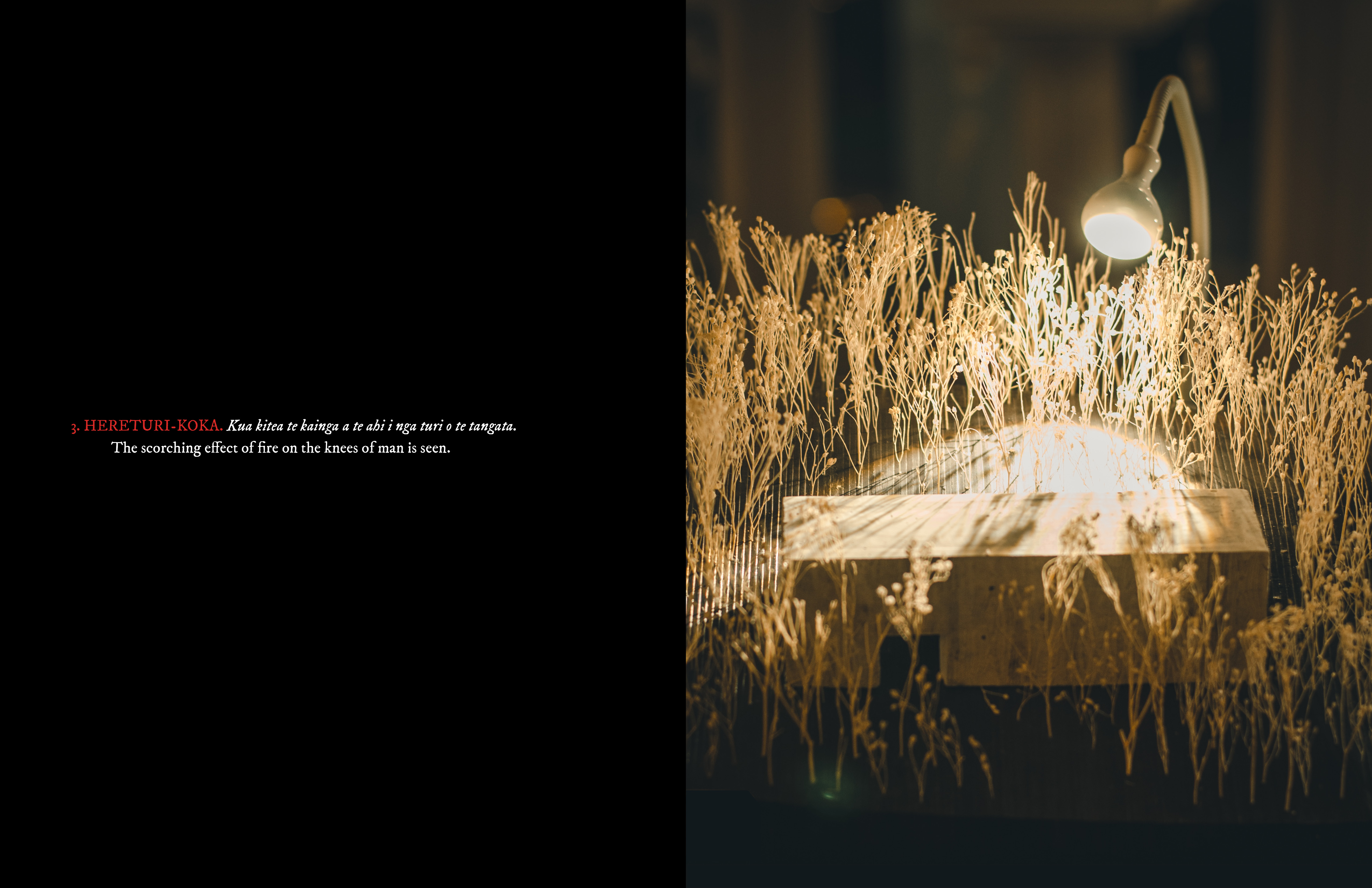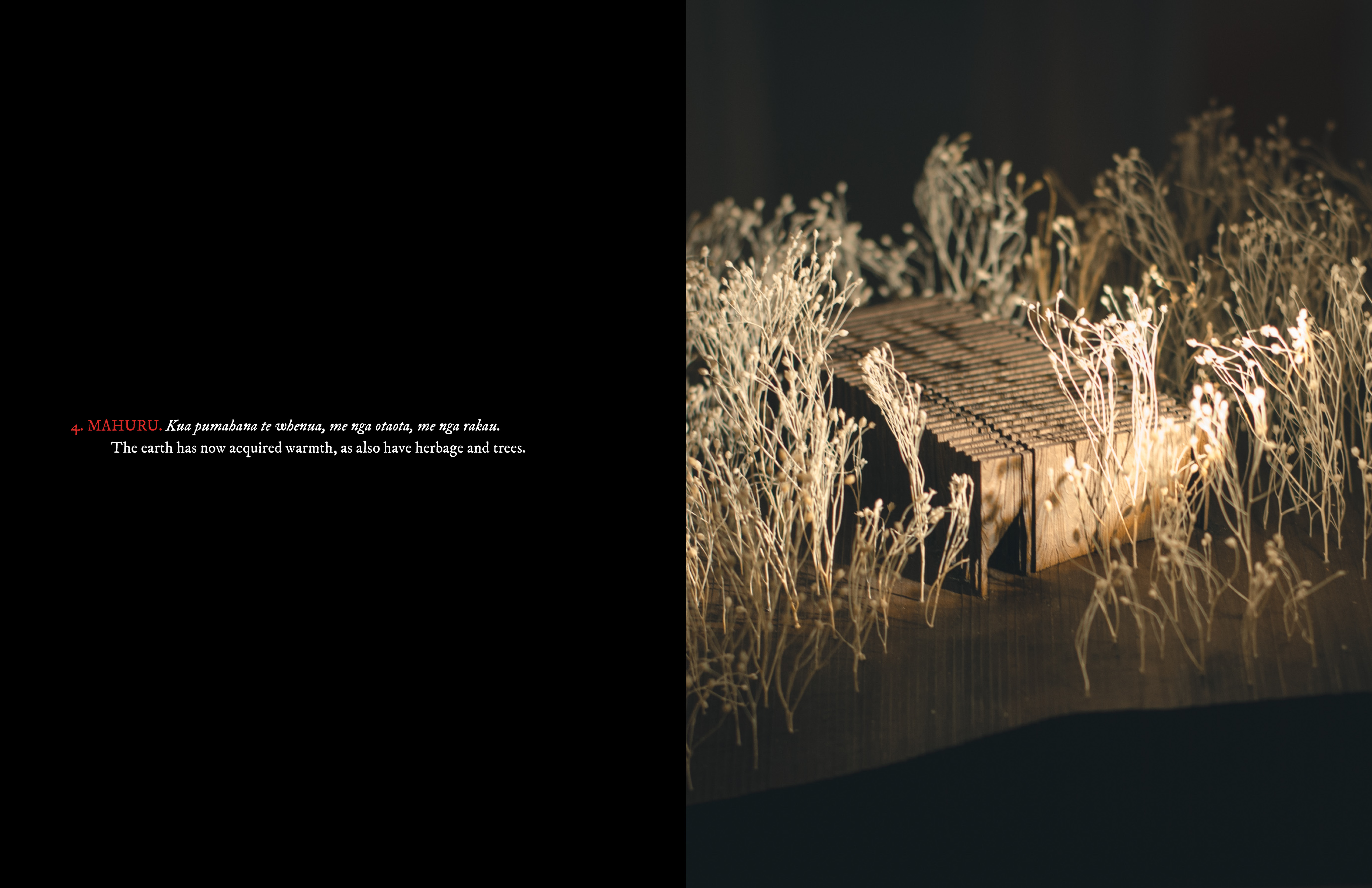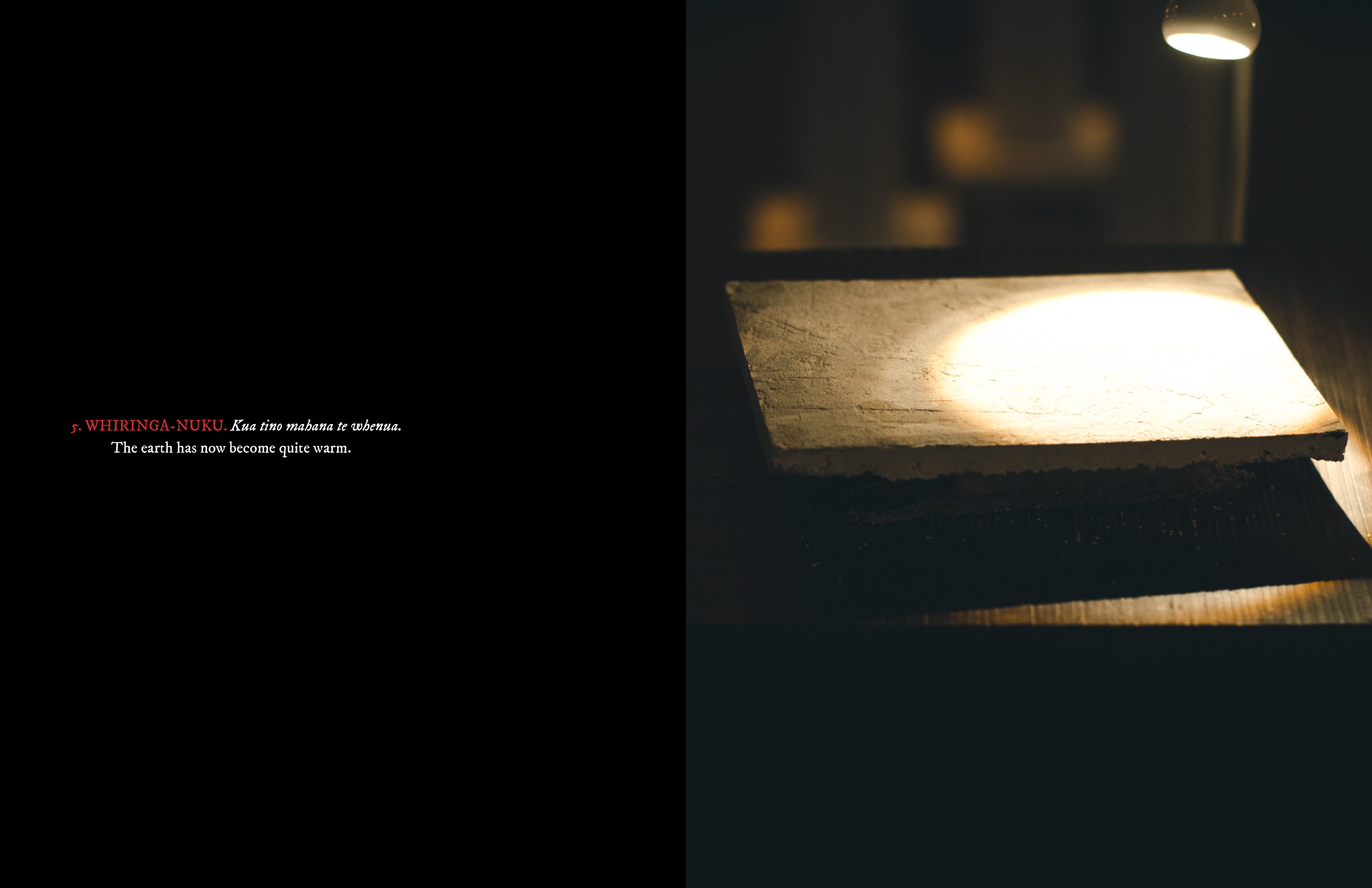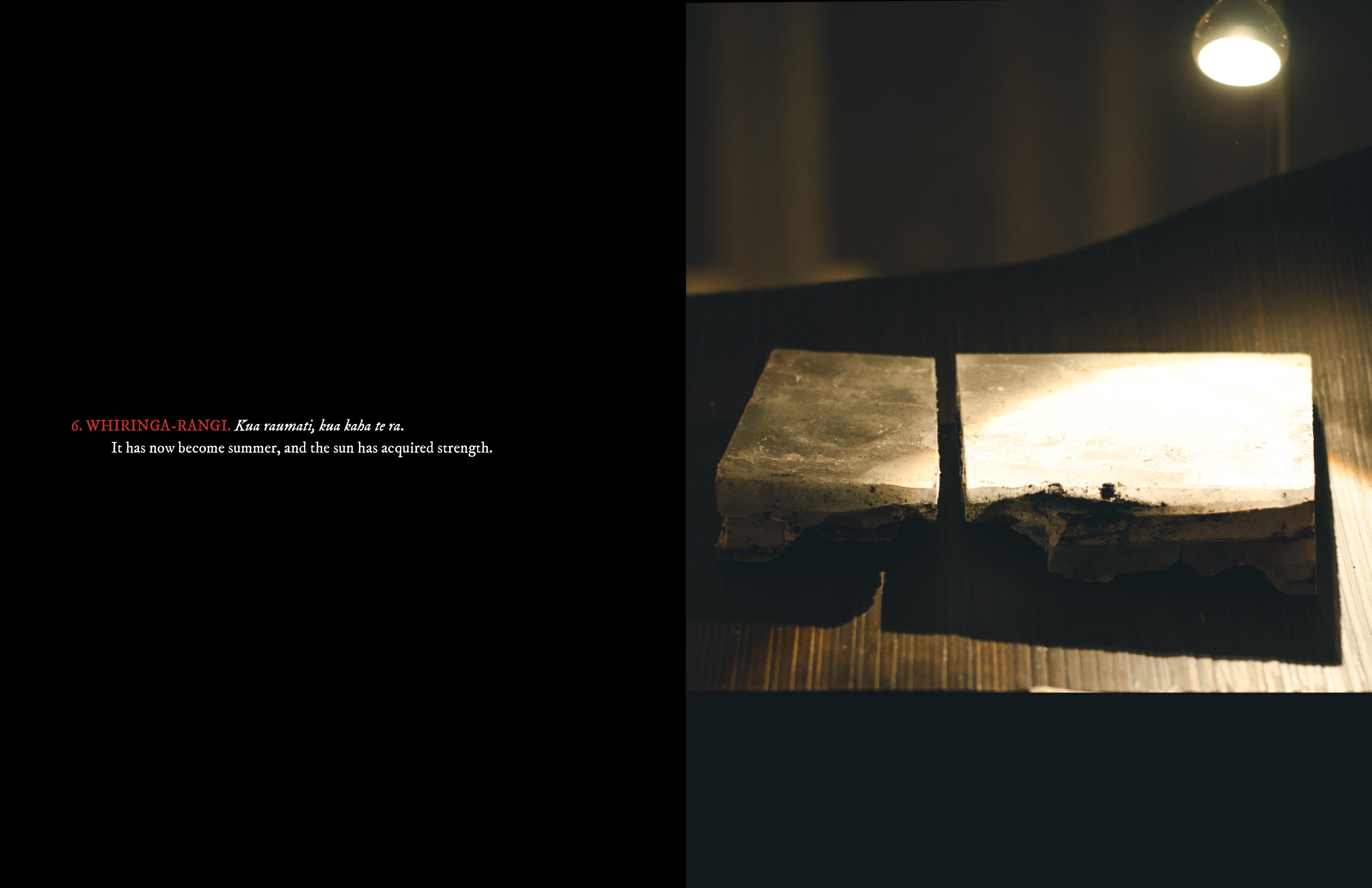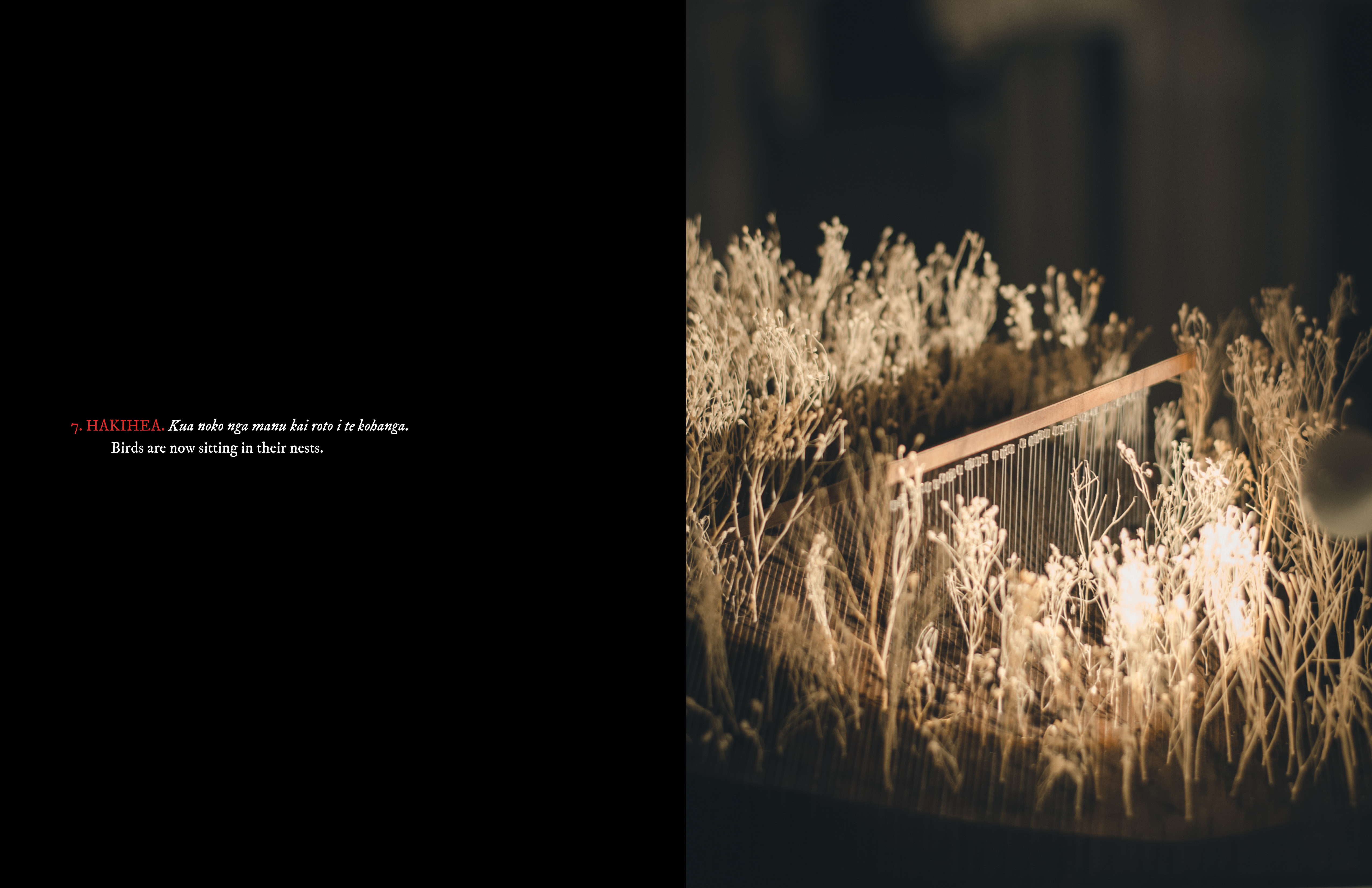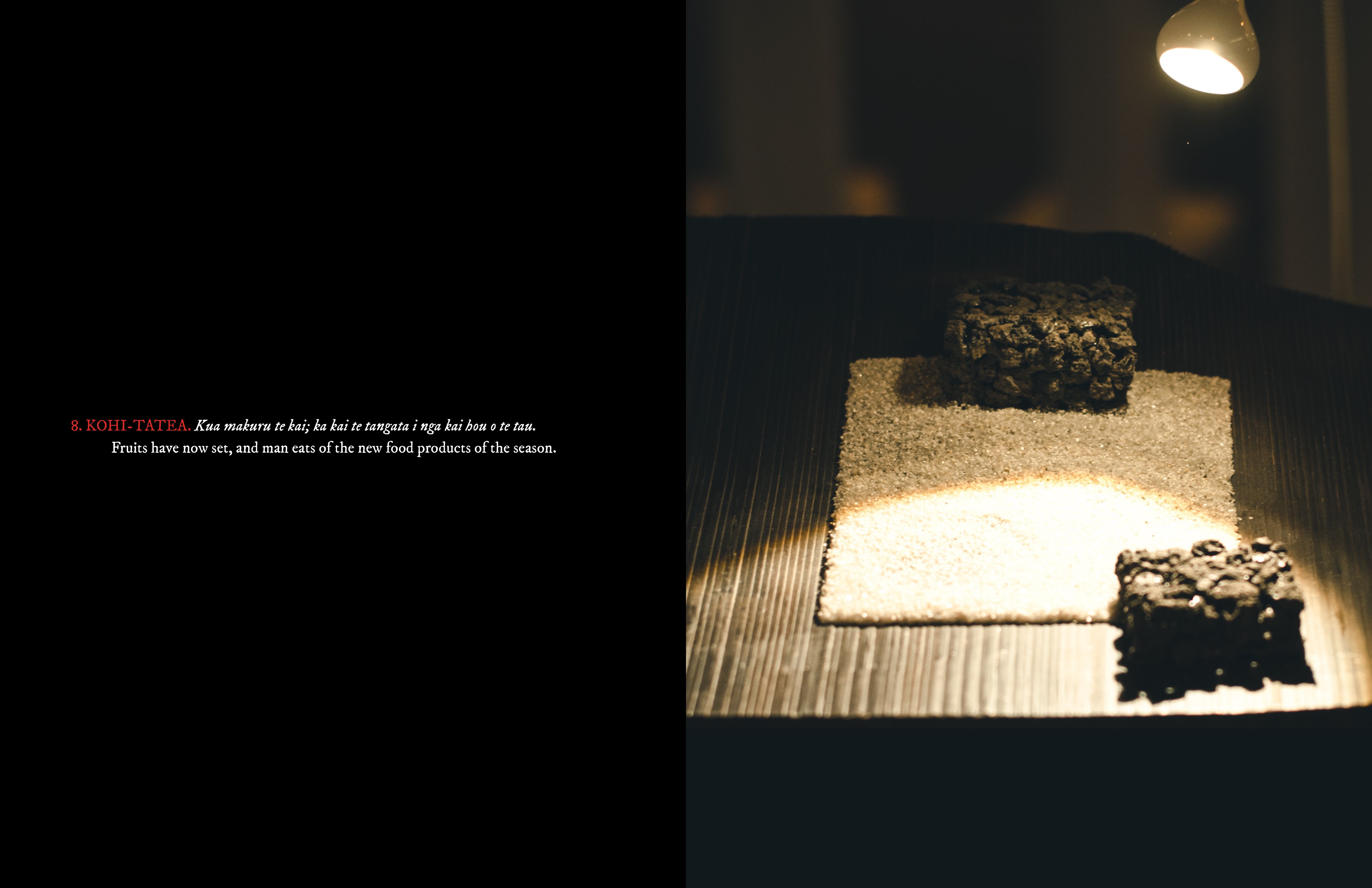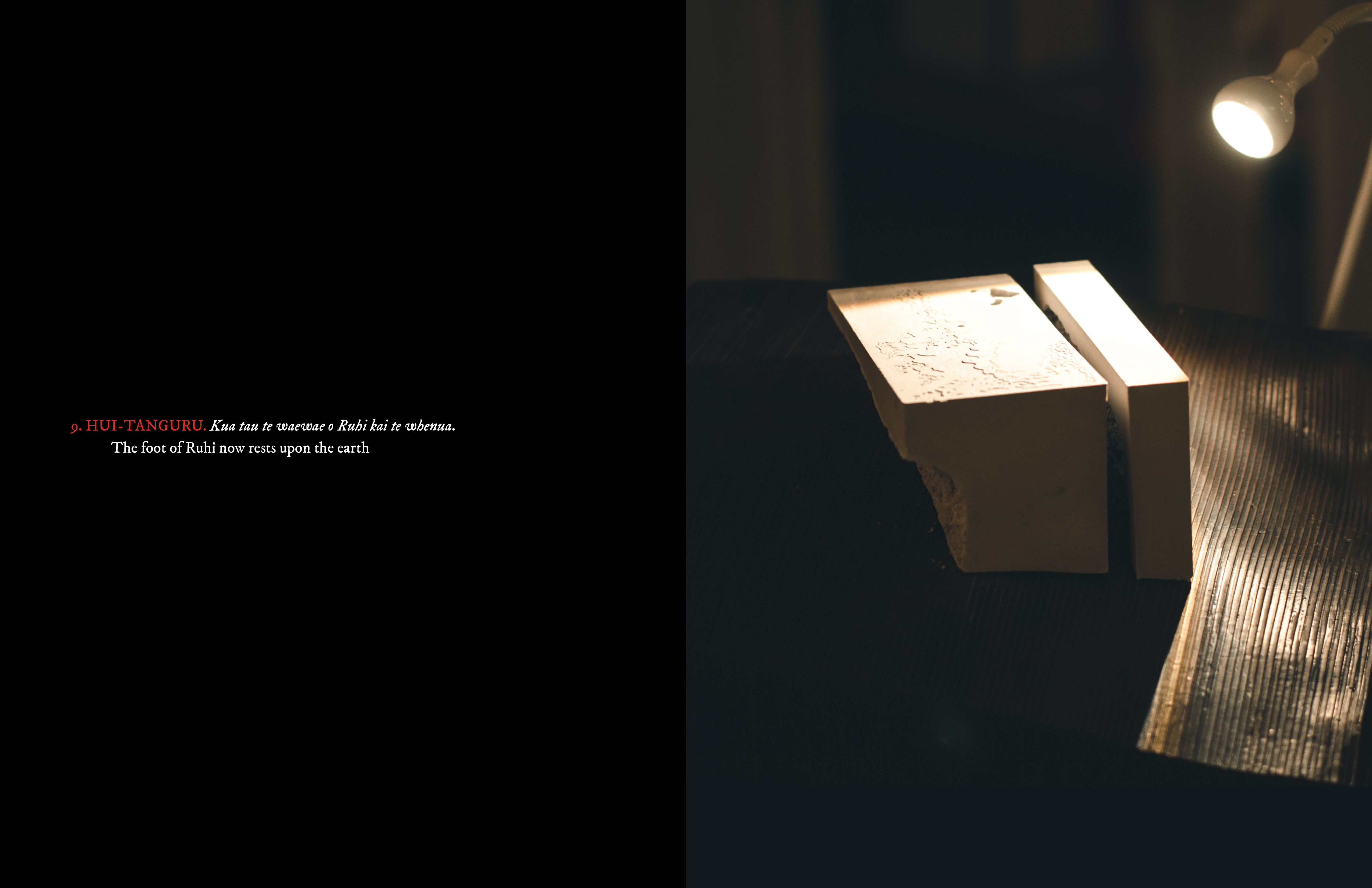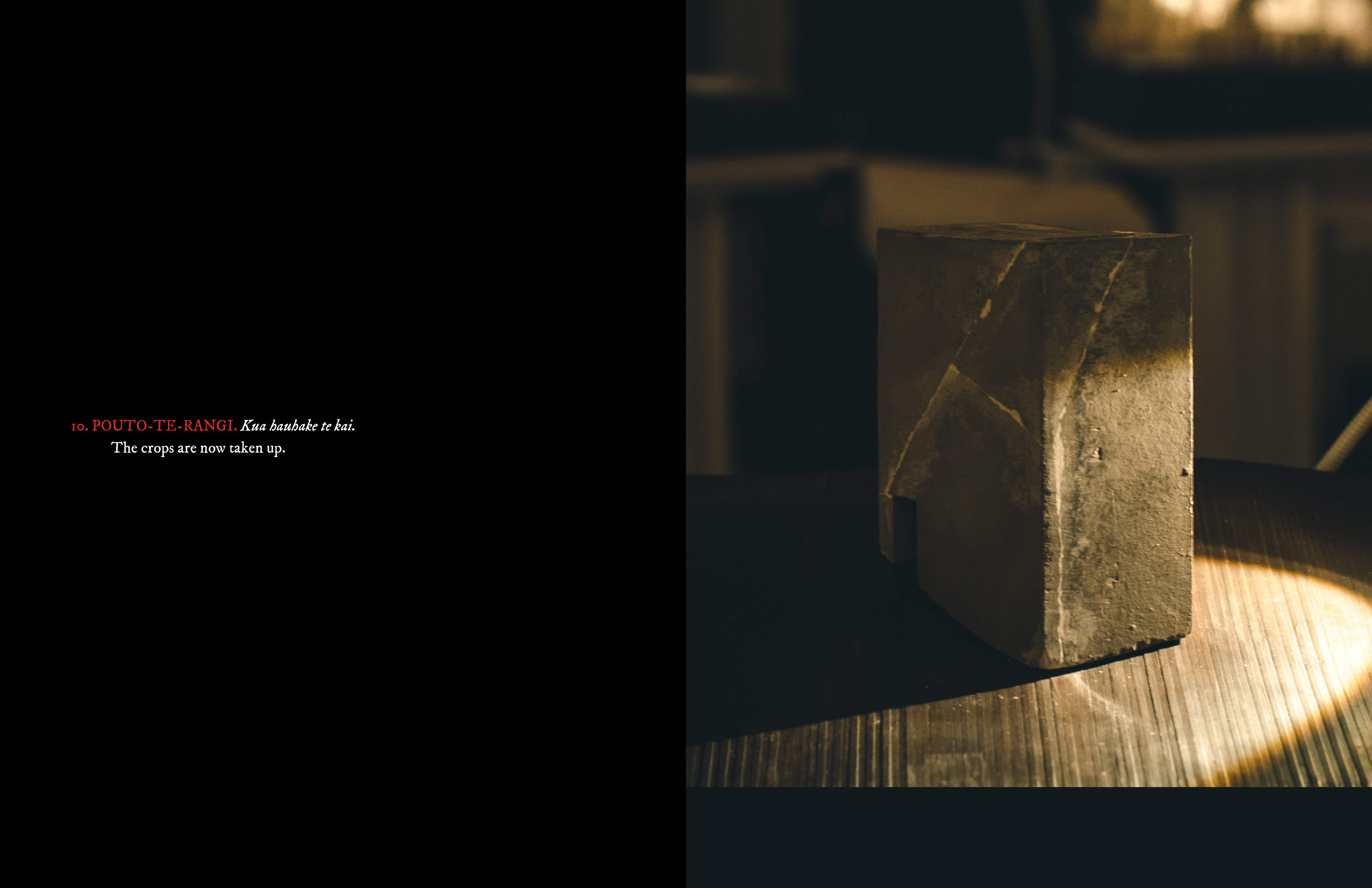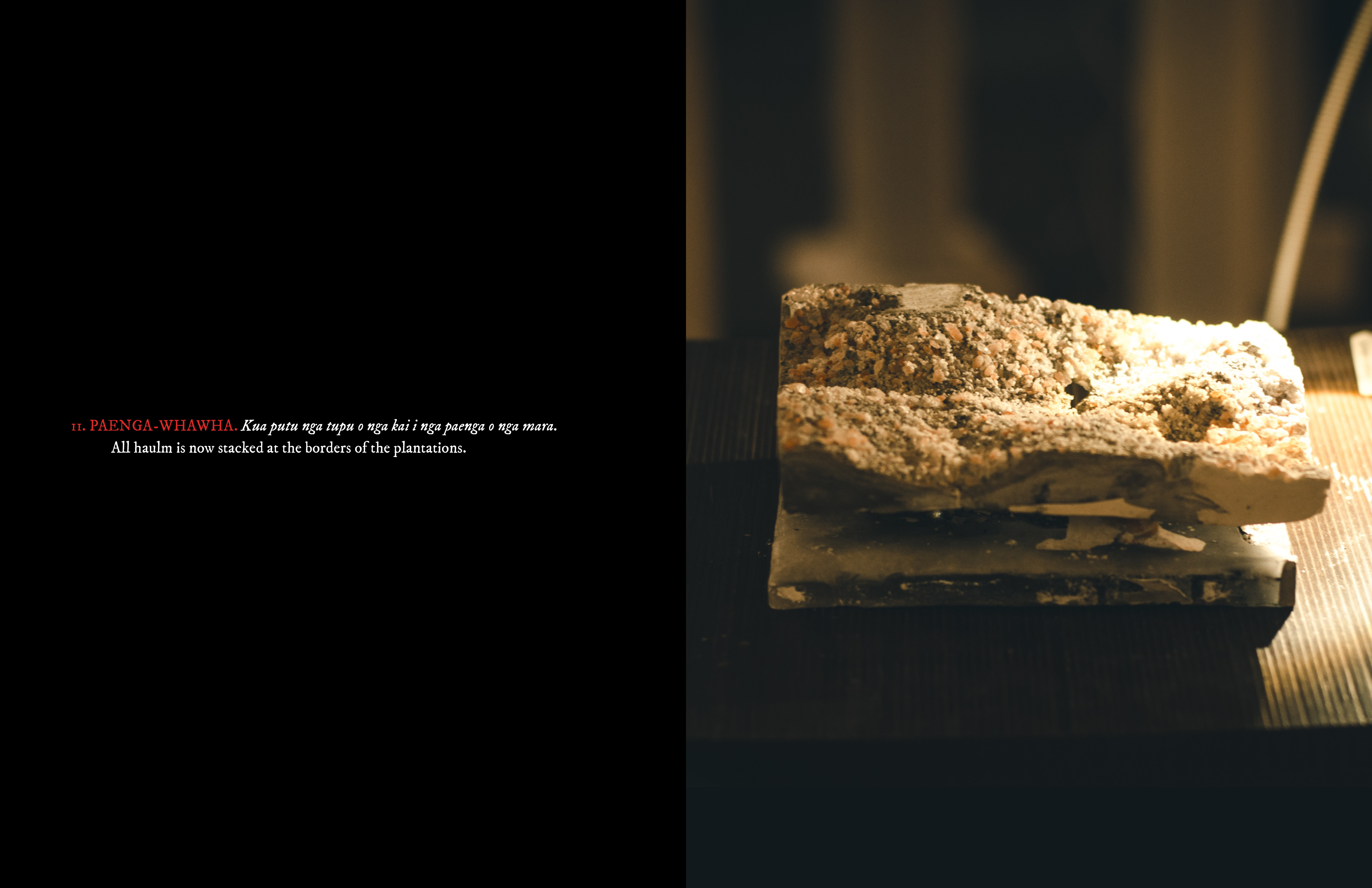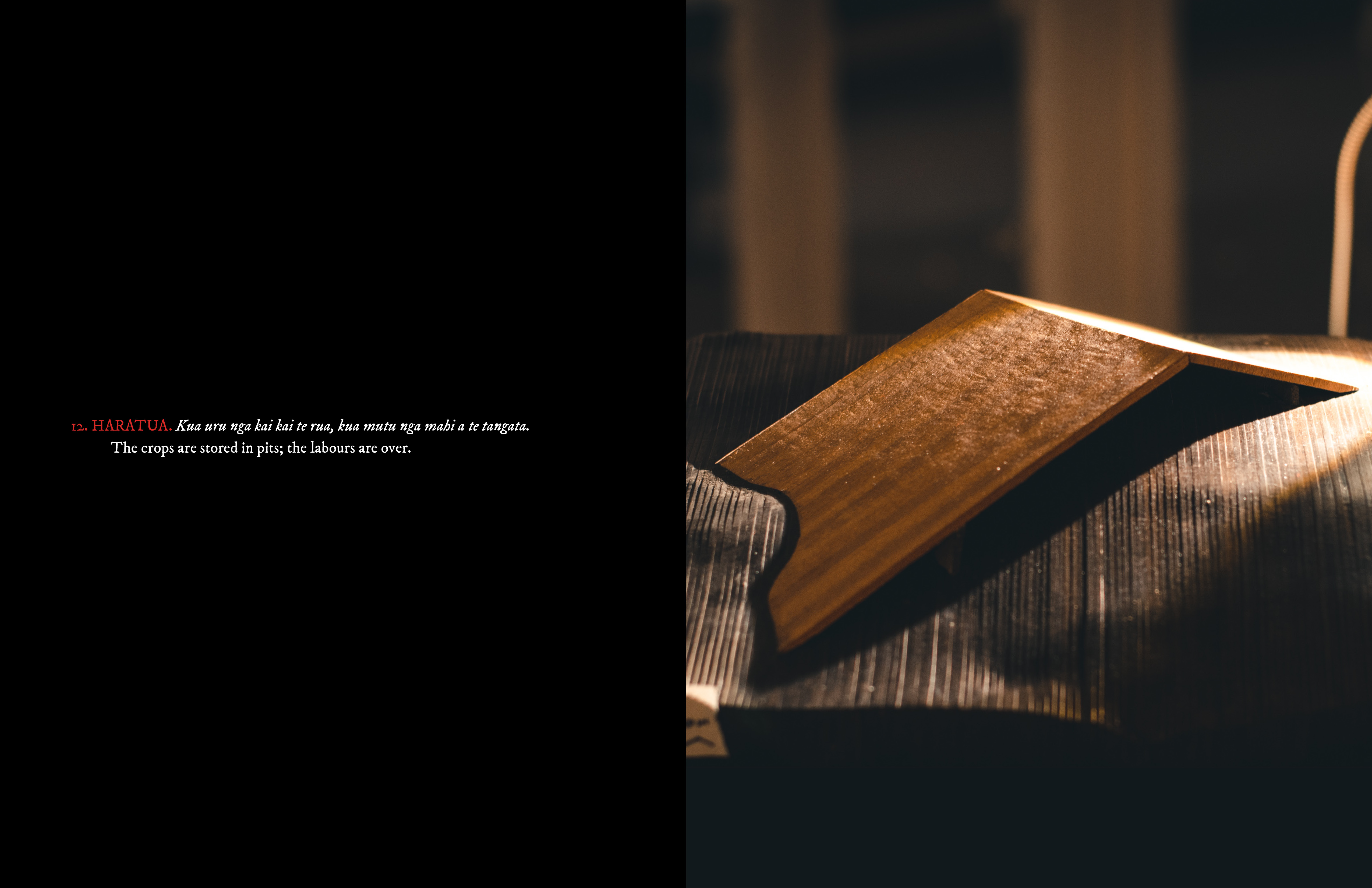FROM WHAKAPAPA:
AN EXPERIMENT IN EARTHLY COMMUNION
BY JESS LIMIn 2019, as I approached a masters thesis at the end of seven years of architectural studies, I began reflecting on what it meant for me, a child of Chinese-Malaysian immigrants raised in New Zealand, to design. To envision and create places for humans to dwell in the world.
As a Christian, this meant a deep study of Genesis 1, alongside an investigation into the land I was born in—the land I had grown up walking for two decades. While taking my first theology class on the Hebrew Bible, these ideas for a deeply personal thesis were evolving, and speaking to a part of my identity that had always felt slightly beyond the edges of my consciousness. To understand how I could responsibly create spaces in the world, it felt vital to understand my roots, my origins, the places I drew from—my homeland.
As I studied the chapters, sentences, words and letters of the first chapters of Scripture, I reread origin stories from Māori culture, and found a symmetry that felt deeply true. Tracing the genealogies of the Torah, and the genealogies of Māori tradition, images of God’s intention for Creation unfolded in my mind.
As I studied the chapters, sentences, words and letters of the first chapters of Scripture, I reread origin stories from Māori culture, and found a symmetry that felt deeply true. Tracing the genealogies of the Torah, and the genealogies of Māori tradition, images of God’s intention for Creation unfolded in my mind.
The following is an excerpt from the results of these studies: the beginning of a dream for architecture’s place in Creation.
This piece is a continuation of ideas from an interview with Justin Seo in Between Lands Issue 01: Breath.
This piece is a continuation of ideas from an interview with Justin Seo in Between Lands Issue 01: Breath.
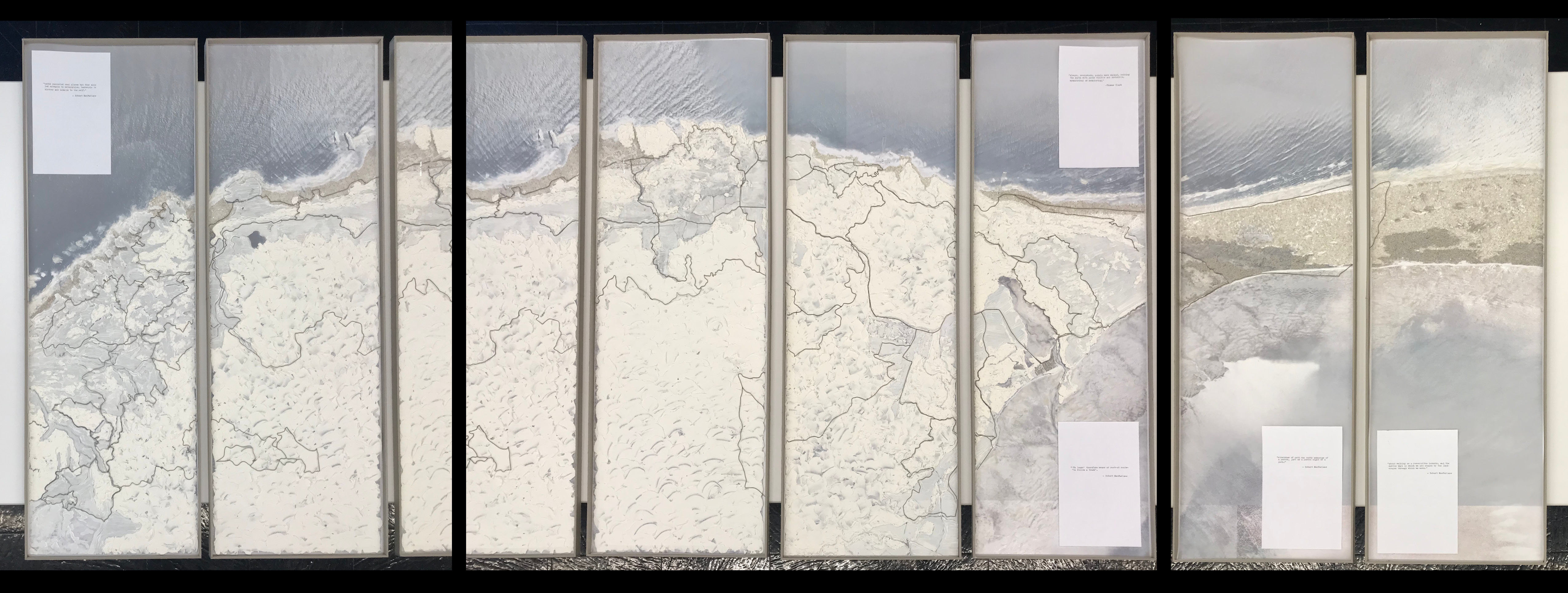
The first inhabitants of the land now known as New Zealand, the Māori, brought to Aotearoa (The Land of the Long White Cloud) a tradition of myth and storytelling that informed all aspects of culture and life in early New Zealand history. Māori cosmogony, as figured within these oral traditions, unfolds a series of reciprocal kin relationships, in which every being is a descendant of the heavens and the earth. As Adam and Eve in the stories of Genesis 1 were the parents of humankind, Ranginui and Papatūānuku in Māori origin myth bore children that became the ancestors of all creation.
“In the beginning, Ranginui (sky father) and Papatūānuku (earth mother) were joined together, and their children were born between them in darkness. The children decided to separate their parents, to allow light to come into the world. After this, the children became gods of various parts of the natural world.”
Whakapapa, the practice of reciting one’s genealogy back to Rangi and Papa, describes a cosmos where allegories of procreation relate all things eternally as kin. In this intricate yet vast network of relations, Māori are connected to their histories, the land, and each other, through an ancestral concept of time and place that brings things both geographically remote, and far in the past, into close proximity. An architecture based on whakapapa invites us into an embodied relationship with the stories of the earth, in which the earth itself is an ancestor.
Considering this spatio-temporal consciousness, this experiment begins with a path. Carving through both space and time, paths invite us into a relationship with time that folds past, present and future together; connecting us to the earth as they are written into its surface. By retracing footsteps taken over and over again, walking over ground saturated in stories and time, we awaken to our proximity with Papatūānuku.
Sited in Aotearoa, New Zealand*; my homeland, this path measures 150km in length, and invites a year-long engagement through a series of twelve pavilions/cabins that unfold with each month of the maramataka (Māori lunar calendar). Based on the evolutions of the moon’s phases, the maramataka signals the response of Papatūānuku and her children as Ranginui revolves around his yearly cycle.
The twelve cabins depicted below correspond to each month of the maramataka (named in red**), and were formed from six pairs of material meditations. Each pair echoes the allegories of procreation found in all early Polynesian creation chants, in which complementary pairs of primitive elements form the building blocks of creation. In Pipiri (the first month), one senses the contiguity of rock; in Whiringa-nuku (the fifth month), one lies between layers of sand.
This experiment proposes an opportunity to engage in communion with the land, to be folded into our ancestry as children of Adamah, and Papatūānuku. As we walk this path upon the earth and lie down within its layers, we remember our kinship with all of creation.
*The speculative project is sited on Cape Farewell Spit (Mohua / Golden Bay), on Ngāti Kōata, Ngāti Rārua, Ngāti Tama, Ngāti Kuia and Te Āti Awa land.
**Month names in te reo Māori are written in red, with the descriptions of each month in te reo and English in white.
